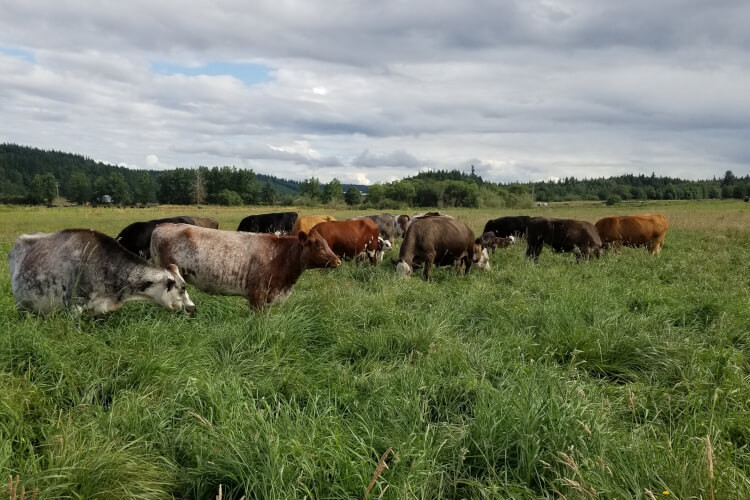Your Nest Is Calling
posted on
September 23, 2020
Nest is our line of home products crafted from materials produced by the animals on the farm.
If you've been to our Farmers Market booth in previous years, you're familiar with the beautiful yarn, roving, batts and raw fleece produced by our flock of Romney sheep. At market I loved to watch as passersby were often drawn to the booth by the undeniable magnetism of wool in its natural loveliness. Wool just calls to be touched. Often those enamored fiber enthusiasts were dragged away by caring friends or spouses admonishing, "but you already have a closet full of wool!" Or a room full. Or a garage full... Fiber is a lovely addiction. Thank goodness for friends!
Though of course I loved it even more when the companion said "Of course you should get it!" Or, "Wouldn't that make nice mittens for my birthday?"
There is something unique about natural fibers and the knitting, crocheting, weaving, spinning, felting community who loves the smoothness of a nice skein of yarn or blissfully scents the whiff of lanolin left behind from handling a raw fleece. And there is something intoxicating about the lure of dreaming up the next fiber masterpiece, be it a magnificent handspun shawl or a tiny crocheted Christmas tree ornament.
As this busy summer raced by, we'd think of our boxes of wool goods and regret their lonely, unseen state. But now the rain is falling, the wind is blowing, and the time is at hand for all things warm and wooly. This week, finally, the wool is on the website! Of course it's pretty hard to handle wool virtually. But we can tell you that Romney is a warm, sturdy wool that works up nicely into outerwear like hats, socks and mittens (fingerless gloves are one of our favorite applications for the bamboo and mohair blends), the long, lustrous fibers spin well, and we only offer the softest of our fleeces. Let the storm blow on! Winter wool projects are at hand.





